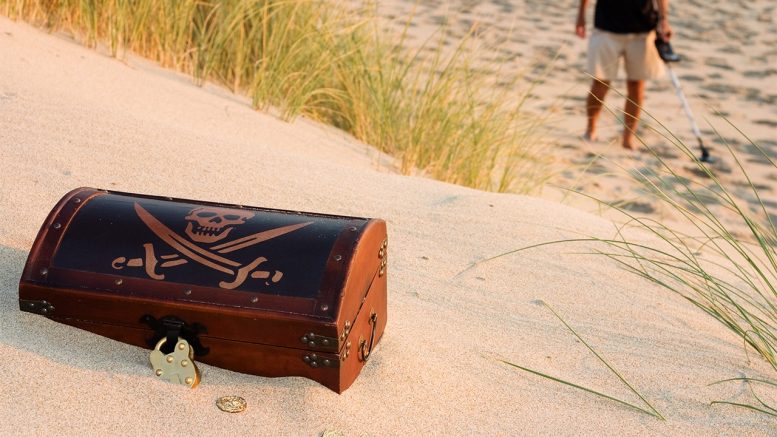Pirates and pirate activity was not unknown to the Jersey Shore. Famous pirates such as Captain Kidd, or Edward Teech, more infamously known as Blackbeard, sailed the waters off the Jersey coast.
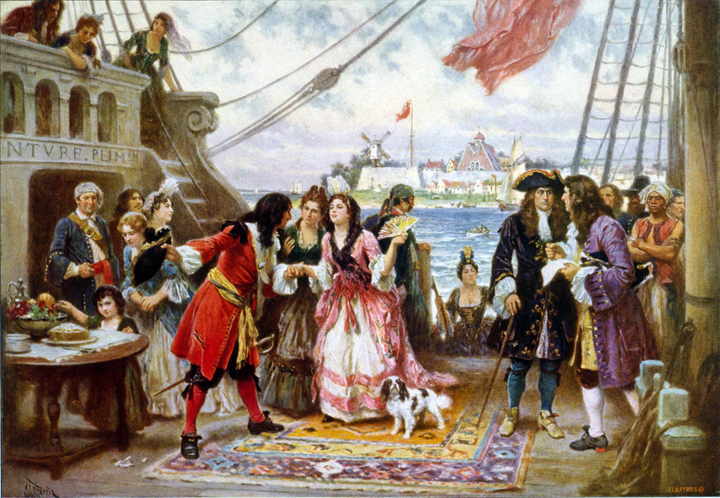
Did Captain Kidd really bury some of his treasure on Cape May County beaches? No one has ever found any of it if he did. At least, no one has ever admitted that they have found any of it. But that hasn’t stopped the legends from being told and retold about secret treasure chests lying somewhere beneath the sands. Documented reports note that there was, indeed, pirate activity here. In one instance, at least, a Governor Bass claimed to have “been credibly informed that Captain Kidd…had been seen and spoken to…” aboard a large sloop near Cape May. The Governor allegedly “saw the sloop himself when he went down to the Cape after other pirates” and would have attempted to capture it had it not “outsailed his vessel.”
At another time, a Captain Eli Barnett, keeper of the life-saving station at the north end of Wildwood – Holly Beach (today’s North Wildwood on 5 Mile Beach) witnessed an interesting excursion. Through his telescope, he spied a sailing vessel that dropped anchor offshore to allow some men to lower a boat and row ashore. Once landed and having gotten their bearings, these men “disappeared among the dunes. Sometime later, they reappeared on the beach, carrying a chest which they stowed in the yawl boat and returned to the ship. When they reached the ship, they hoisted the chest on board and sailed away.” Captain Kidd’s treasure? Maybe. Stories like this one led to much digging being done at Sea Grove (Cape May Point) many years ago. It was rumored that pirates’ buried treasure could be found there.
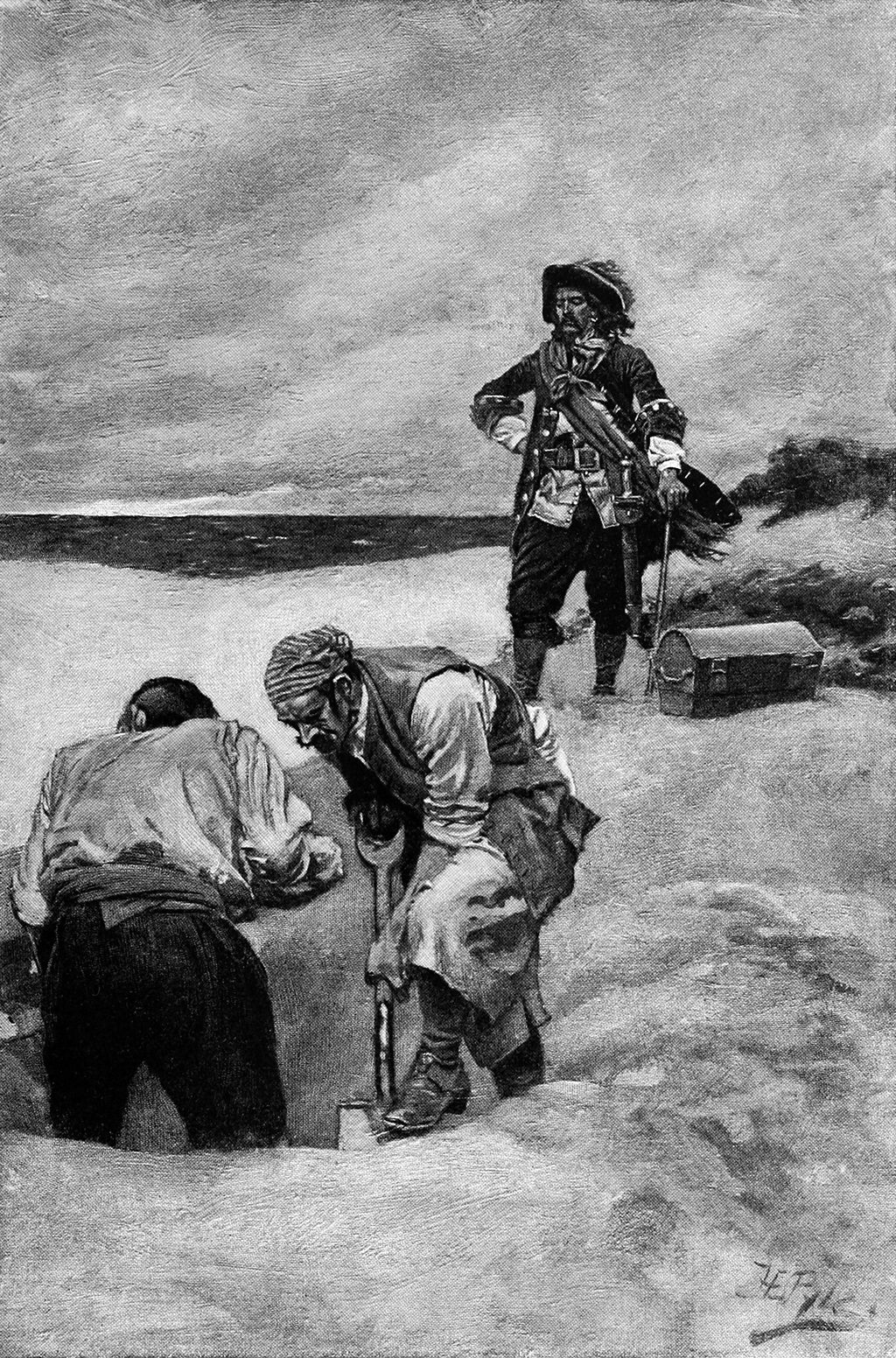
Captain Cornelius Mey discovered the Cape when he sailed around it in 1623. His vessel, the Blyde Broodschap (Glad Tidings) was on an exploratory expedition when he made his find.
Settled primarily by New England whaling men, the original village at Cape May was called “Town Bank.” It served as a small port and a base of operations in the Delaware Bay for the whaling industry.
Cape May is centered between the Atlantic Ocean on its eastern coast and the Delaware Bay on its western shoreline. This made the cape extremely popular as a stopping point for many vessels preparing a lengthy eastward journey through the Spanish Main to Europe. Vessels would stop here to take on ammunition, fresh water, food-stores and livestock. As vessel traffic increased to the port, so did the population. Primarily a swampy and marsh area, pirates soon learned the value of its natural hiding places along the bay.
As the Delaware Bay served as the entry point to the ports of Philadelphia, heavily laden and slow moving ships would begin their long journeys into the channel. Pirates who had hidden their sloops and penances in the marshy reeds would wait for the appropriate moment to strike quickly at these vessels and plunder their goods.
Another legendary group of bandits that roamed the shores of cape May were the “Mooncussers.” These crafty rogues would form a line of horses along the beach and hang lanterns from the saddles. On dark and moonless nights, when navigation in the bay was difficult, vessels would see the row of lights upon the shore. Thinking it was another ship; they would attempt to come alongside to assist in navigation. Instead the vessels would run aground; at which the Mooncussers would launch small boats from the shore and row out to plunder the stranded vessels. They were so-called, as their crafty plan could not be successful on moonlit nights.
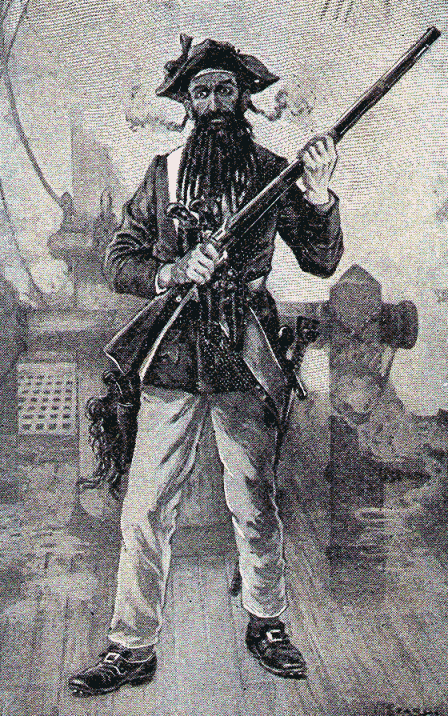
There is evidence to support that Blackbeard, Captain Kidd and Stede Bonnet buried treasure in and around Cape May. One popular site believed to be the resting place of some of Blackbeard’s treasure is Higby’s Beach. However as the shoreline has suffered tremendous erosion, the area is now Federally protected and thus digging is not permitted.
A sight believed to contain Captain Kidd’s treasure is in the area of Del Haven. Recently discovered maps and documents point to a site directly under a commercial professional complex of buildings. The treasure, if there at all, would be located beneath the concrete foundations of the structures.
Stede Bonnet’s treasure is believed to be buried along the Delaware Bay, perhaps as some sources indicate, in the vicinity north of the Cape May – Lewes Ferry Terminal. Though sources indicate it was buried near the original settlement of Town Bank, it could very well lie beneath the waves now as the village has been flooded by natural erosion.
From time to time coins wash up along the beach along with jewelry and occasionally a precious stone. Other items have been found as well that indicate a once strong pirate presence in the area. Cold Springs Village (located in Erma) offers a realistic view of life during these times.
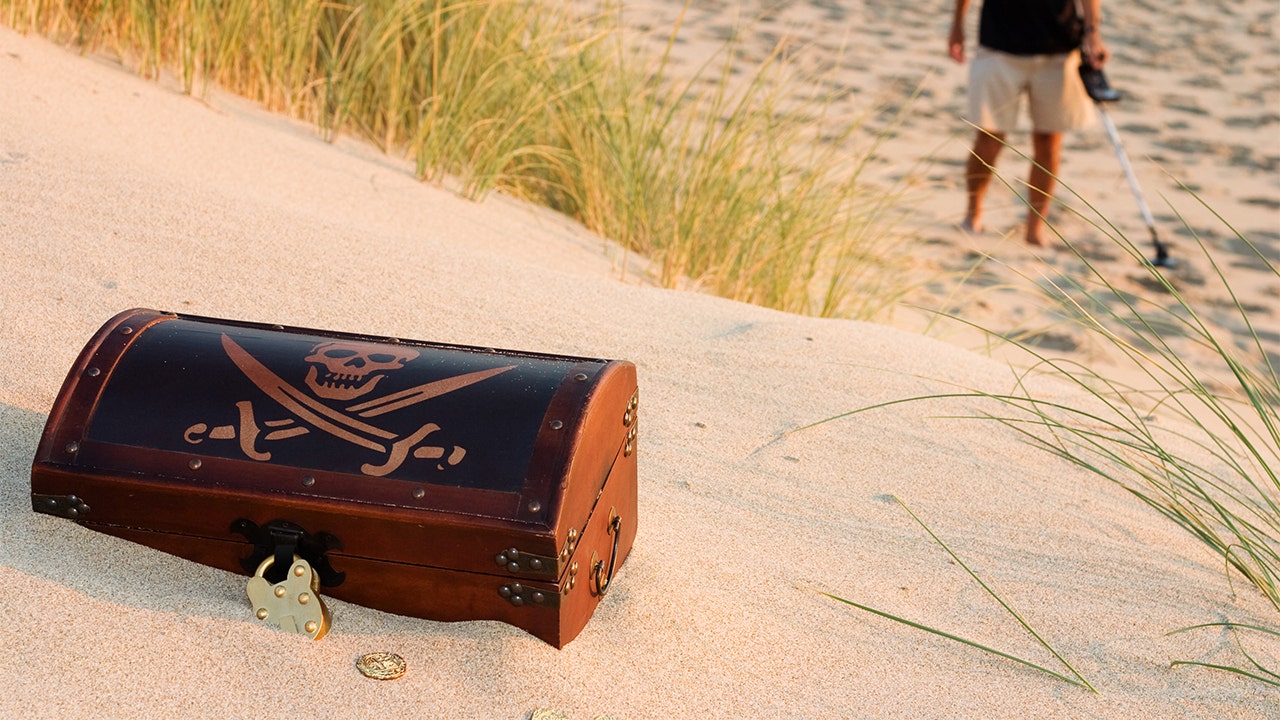
Info from jerseyshorepirates.com and capemaycountynj.gov

